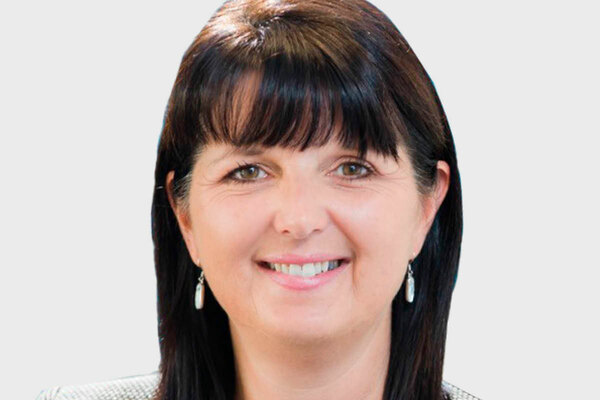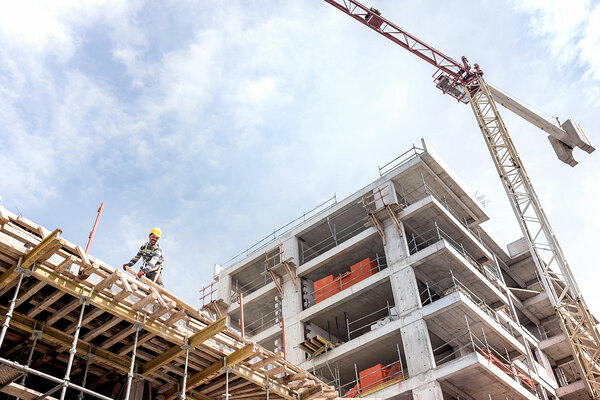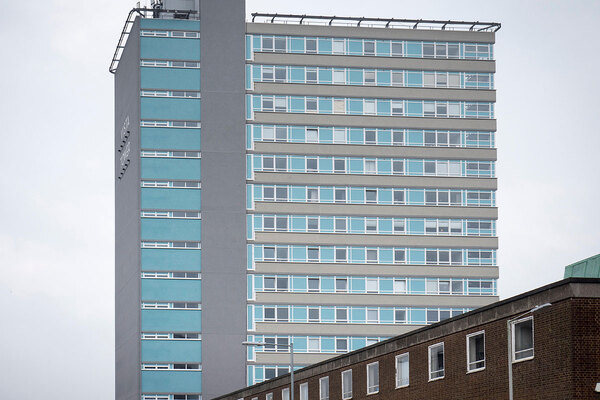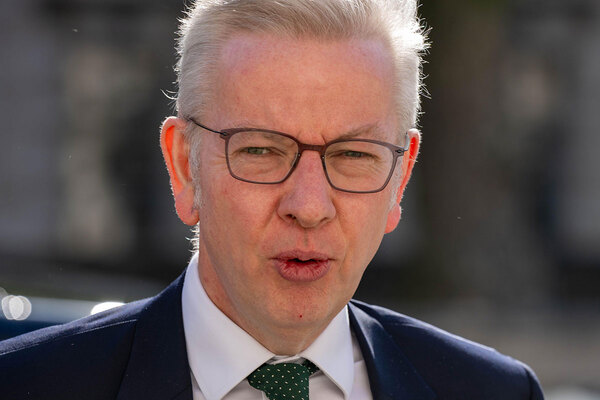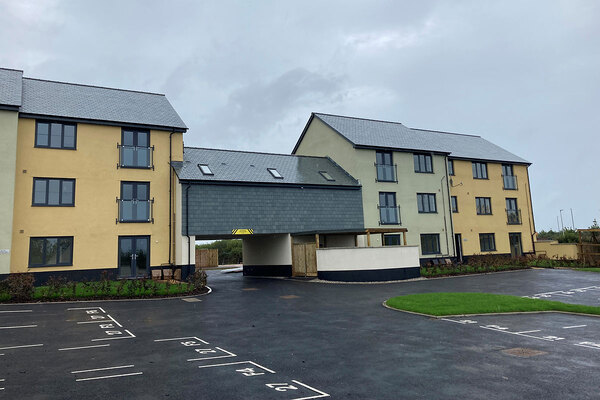You are viewing 1 of your 1 free articles
Voluntary Right to Buy pilot review: doubts raised over one-for-one replacement of homes sold
Replacing social housing sold through the Midlands pilot of the Voluntary Right to Buy (VRTB) on a one-for-one basis will be “challenging”, an evaluation of the project has warned.
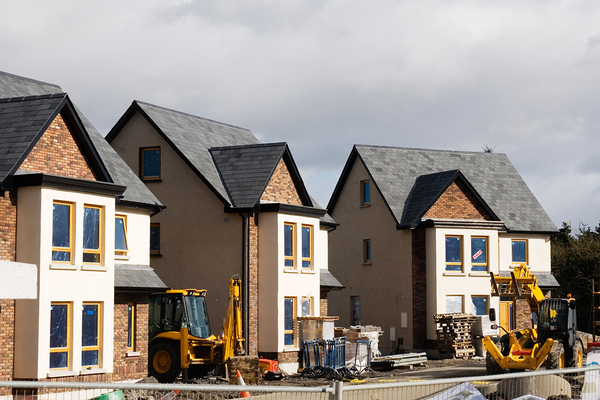
A report produced by RSM Economic Consulting and published yesterday by the government said “the replacement homes will be on average smaller, at higher rents and include more homes for shared ownership and fewer for rent”.
If the policy was to be rolled out nationally, the consultancy predicted that 32,000 homes would be sold off in the first year and 223,843 would be sold off in the first decade.
The vast majority of the 1,892 homes sold through the pilot by the end of April last year were for social rent, but researchers estimated that just 27% of replacements will be for this tenure.
Another 37% are likely to be for the more expensive affordable rent, with the remaining 10% for shared ownership.
A survey of housing associations that participated in the pilot also found that 16% of replacements are likely to be purchased from the existing stock rather than new builds.
Only one association said it is aiming for like-for-like replacements on tenure, while two indicated they will only build shared ownership replacements, the report said.
Not all replacements are predicted to be delivered in the Midlands, it added.
Some associations reported being “particularly concerned about the potential loss of larger homes with four or more bedrooms due to “acute shortages” of these for overcrowded and homeless families.
Finding available land for development and a lack of money raised through VRTB sales were identified as the main obstacles to building like-for-like replacements.
The average market value of homes sold in the pilot was £137,271, while average new build prices in the Midlands are around £280,000, with the cost of building replacements likely to be close to this sum.
Four in 10 housing associations surveyed said they are putting in their own resources to fund replacements and most others are unsure, meaning that “VRTB replacements may come at the expense of funding other development opportunities”, the report said.
The VRTB pilot was launched in August 2018 with a ballot for housing association tenants across the Midlands to get the opportunity to buy their home at a large discount, funded by £200m from the government.
Former prime minister David Cameron had promised to extend the Right to Buy to housing associations in his election manifesto in 2015.
The policy is a controversial topic for the social housing sector, with some arguing it will lead to further loss of precious social rented homes and others saying it offers a valuable route into homeownership for people that would otherwise not be able to afford it.
The current Conservative government made a manifesto commitment to “evaluate further pilot areas” for the VRTB.
In its evaluation, RSM said the pilot “operated successfully throughout the Midlands” and that housing associations were feeling “well supported by the government”, although some unsuccessful applicants felt the ballot process was “unfair”.
Buyers who completed purchases were “generally very happy to be homeowners and appreciated having a home they could pass on to children”, with two in 10 estimated to have been able to afford to buy without a discount.
Portability – where tenants in homes excluded from the VRTB were offered the chance to use their discount on another home – was “one of the most challenging aspects” due to low demand from applicants.
Around one in five applicants’ homes were excluded, but only 12% who were offered portability ended up completing their purchase, compared with 69% of tenants given the chance to buy their existing home.
Just five portability sales were completed involving homes owned by different housing associations.
Kate Henderson, chief executive of the National Housing Federation, which helped run the pilot, said: “The pilot has helped almost 2,000 social renters buy their home and housing associations will be doing everything within their power to replace the homes sold with new social housing.
“However, the pilot is unfortunately showing how challenging it is to replace every single home.
“In most cases, the combined receipt from the sale of a social home and the funding from government is less than the cost of building a new home.
“This means that if housing associations, as not-for-profit organisations, legitimately wish to replace homes on a ‘like-for-like’ basis (same size and location), they will either have to build fewer homes than were sold or divert money from other projects to top up the cost of building new replacement homes.
“We are now waiting to hear from government about next steps.”
She added that “a lot has changed” since the sector agreed on the VRTB with the government in 2015, with increased demand for social rent homes and added pressure on housing associations’ finances.
Ministers initially planned to fund the VRTB through the forced sell-off of higher-value council homes, but that policy was scrapped in 2018 and there was no agreed funding arm for its wider rollout.
The Voluntary Right to Buy explained
- Discounts for eligible HA tenants are at the same rates as local authority tenants in the statutory Right to Buy scheme (between 35 and 70 per cent of the value of the property, to a maximum of £80,900 – whichever figure is lower)
- Eligibility is determined by the government, with discounts funded by the government’s £200m pilot scheme
- HA boards have the final decision over which homes to sell, with the presumption that they will sell a tenant their current home if possible
- Where they decided not to do so, the government compensates HAs to apply the discount to an alternative property – known as ‘porting’
- ‘Flexible one-for-one’ replacements are incorporated, meaning for every Voluntary Right to Buy sale, a new affordable property will be built – overall, meaning some HAs will replace at a ratio greater than, and some lower than, 1:1
Sign up for our development and finance newsletter
Already have an account? Click here to manage your newsletters


